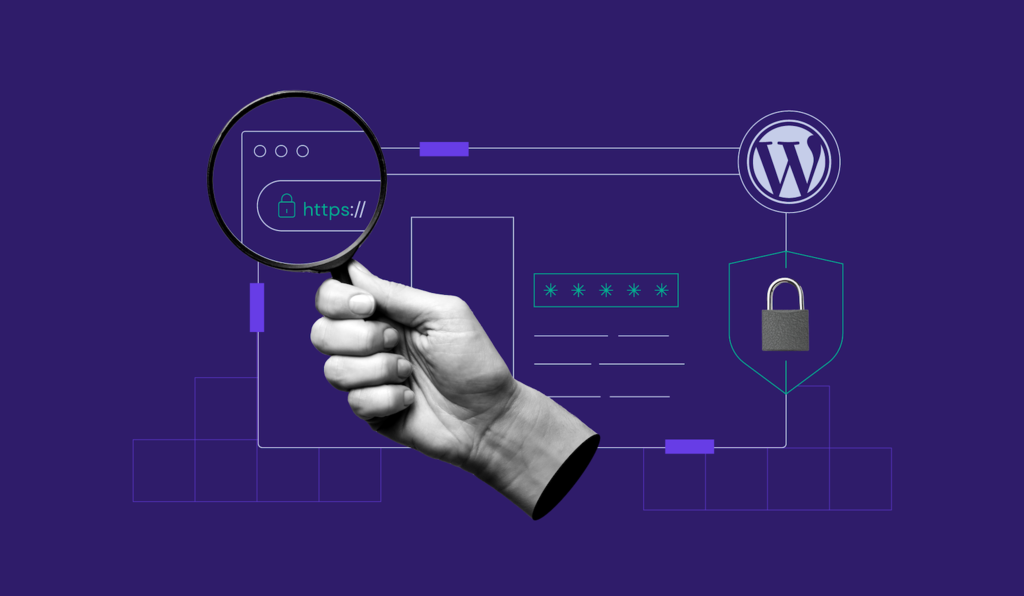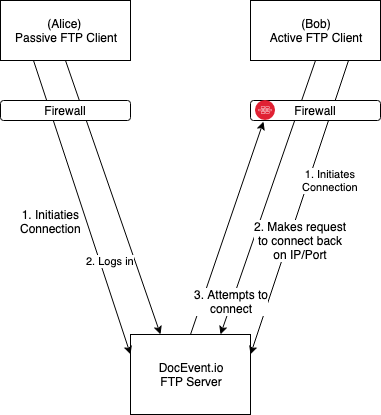
A computer that provides services to other computers on a network is called a host. The host is often a mainframe computing device that connects to other workstations to provide service to the network's programs. In Internet lingo, it is also called a large server. Both cases refer to a powerful device, or program, that provides services to other devices or programs that are connected to the Internet.
Hosts refer to computers and devices that communicate on a network with other hosts
A host, also known simply as a server is a computer or device that connects to the internet and provides services for other devices. Its functions can include data transfer and application programming. Hosts can be either physical or virtual devices in network architecture. There may be routers or switches in the network.
A network is an ensemble of devices that communicate using an IP Address. Each device has its own IP address and specific software. This allows hostnames and software to be translated into IP addresses. They can then be found and communicate with other devices or networks. A network can contain a variety devices including routers, switches and routers.

Servers provide services for programs connected over the network
Servers can be described as computer systems that provide services for other computers or programs connected to a network. They are usually running a server operating program. This OS manages computers' resources and handles all server-related tasks. These systems offer more processing power and features than regular computers.
Servers provide information to other computers, such as websites and files. They are essential components in any information technology infrastructure. There are many types of servers available, each with different capabilities and sizes.
Distributed Hosting is a form distributed hosting
Distributed hosting allows multiple users to share one server instead of each site owner purchasing their own server. Web hosts store their servers in data centres, while subscribers do not have to maintain their own server. Instead, users input their URL into their web browser, which translates it into an IP address and sends it to the server. The web host is the owner of the servers, and they rent them out to users who want to access their websites.
The InterPlanetary Fil System (IPFS) now offers a new generation of distributed web hosting. This protocol, which is network-based, allows users to share content within a distributed system such as a shared data base. IPFS uses content-addressing to identify each file within a global namespace.

Cloud hosting, a newer type in hosting, is now available
Cloud hosting can be a type that lets you pay as little or much as you need. This type hosts websites with high traffic that require flexible pricing. It offers a safer storage option than traditional servers. Additionally, it can be used to monitor and protect web applications. It also offers more flexibility in pricing than traditional web hosting.
Cloud hosting is achieved by splitting a physical server into several virtual machines. These virtual servers connect to form one network that hosts your website. It is also called cluster server hosting. While it's more expensive than shared hosting this type of hosting offers many benefits. Cloud hosting is more cost-effective than shared hosting, but it offers many benefits. For instance, sudden traffic spikes can be predicted easily and virtual servers are continuously loaded with traffic, without overloading physical servers. Some websites require tighter security than others. Cloud hosting offers the flexibility to address this requirement.
FAQ
Can I build my website using HTML & CSS?
Yes! If you've read this far, you should now know how to create a website.
After you have learned how to structure a website, you will need to know HTML and CSS.
HTML stands for HyperText Markup Language. It's like creating a recipe for a dish. It would include ingredients, instructions, as well as directions. HTML can also be used to inform a computer if certain parts of text should appear bold, underlined and italicized. It's the language for documents.
CSS stands for Cascading Style Sheets. You can think of CSS as a style sheet for recipes. Instead of listing each ingredient and instructing, you can write down general guidelines for font sizes, colors and spacing.
HTML tells the browser how to format a web page; CSS tells it how to do it.
Don't be afraid to ask questions if you don’t understand any of these terms. Follow the tutorials and you will soon be creating beautiful websites.
How much do web developers make?
The hourly rate for a website you create yourself is $60-$80. However, if you wish to charge more, you can become an independent contractor. The hourly rate could be anywhere from $150 to $200
Are you a technical person who wants to design and build a site?
No. All you need to understand HTML and CSS. There are many tutorials available online that can teach both HTML or CSS.
What should I include?
These should all be included in your portfolio.
-
Examples of your previous work.
-
If you have one, links to it.
-
Links to your blog.
-
These are links to social media sites.
-
These links will take you to the online portfolios of designers.
-
Any awards that you have received.
-
References.
-
Get samples of your works.
-
These are links showing you how to communicate effectively with clients.
-
These links show that you are open to learning new technologies.
-
You are flexible, these links will show it.
-
Links that show your personality
-
Videos showing your skills.
Can I create my own website with HTML & CSS?
Yes, you can! It is possible with basic knowledge of web design, programming languages like HTML (Hyper Text Markup Language), CSS (Cascading style Sheets), and HTML (Hyper Text Markup Language). These languages enable you to create websites that are accessible to anyone with an internet connection.
Statistics
- It's estimated that chatbots could reduce this by 30%. Gone are the days when chatbots were mere gimmicks – now, they're becoming ever more essential to customer-facing services. (websitebuilderexpert.com)
- At this point, it's important to note that just because a web trend is current, it doesn't mean it's necessarily right for you.48% of people cite design as the most important factor of a website, (websitebuilderexpert.com)
- Is your web design optimized for mobile? Over 50% of internet users browse websites using a mobile device. (wix.com)
- When choosing your website color scheme, a general rule is to limit yourself to three shades: one primary color (60% of the mix), one secondary color (30%), and one accent color (10%). (wix.com)
- The average website user will read about 20% of the text on any given page, so it's crucial to entice them with an appropriate vibe. (websitebuilderexpert.com)
External Links
How To
How to use WordPress for Web Design
WordPress is a free software tool that allows you to create websites or blogs. WordPress' main features include an easy installation, powerful theme options and plug-ins. You can personalize your website with this website builder. There are hundreds of themes and plugins available that will help you create any website. If you wish, you can add your domain name. All these tools enable you to manage your site's appearance and functionality effortlessly.
WordPress is a powerful tool that allows you to create stunning websites without having to know HTML code. It doesn't matter if you don’t know much about coding. You can create a beautiful website in no time. This tutorial will teach you how install WordPress on your computer. Then, we'll go through the steps necessary to put your blog online. We'll walk you through the process so you can understand it at home.
WordPress.com is currently the most used CMS (Content Management System). It has approximately 25 million worldwide users and counting. There are two different versions of WordPress available; you can either buy a license from them for $29 per month or download the source code and host it for free.
There are many reasons why people choose WordPress as their blogging platform. One reason is that WordPress is extremely easy to use. Anyone with a basic knowledge of HTML can create a stunning site. It also offers flexibility. WordPress.org provides many themes free of charge. You can easily change the look and feeling of your site without spending a dime. And finally, it is highly customizable. Many developers offer premium addons to allow you update posts automatically after someone comments. You can also integrate social media sharing in your site.